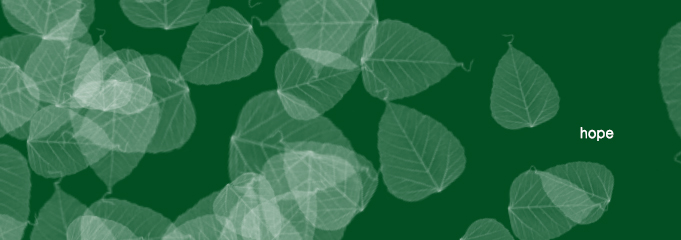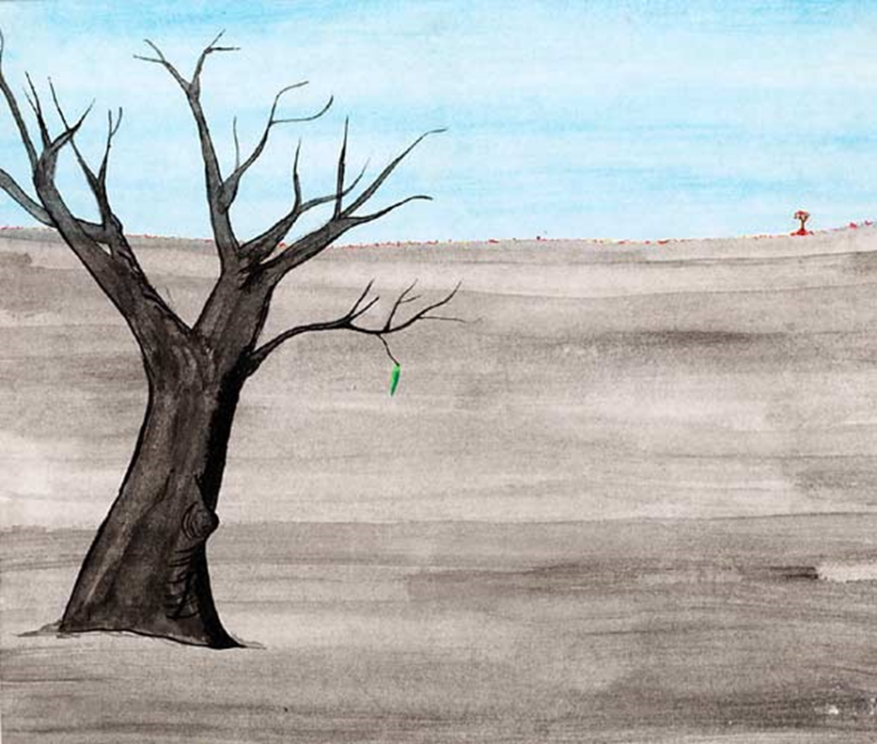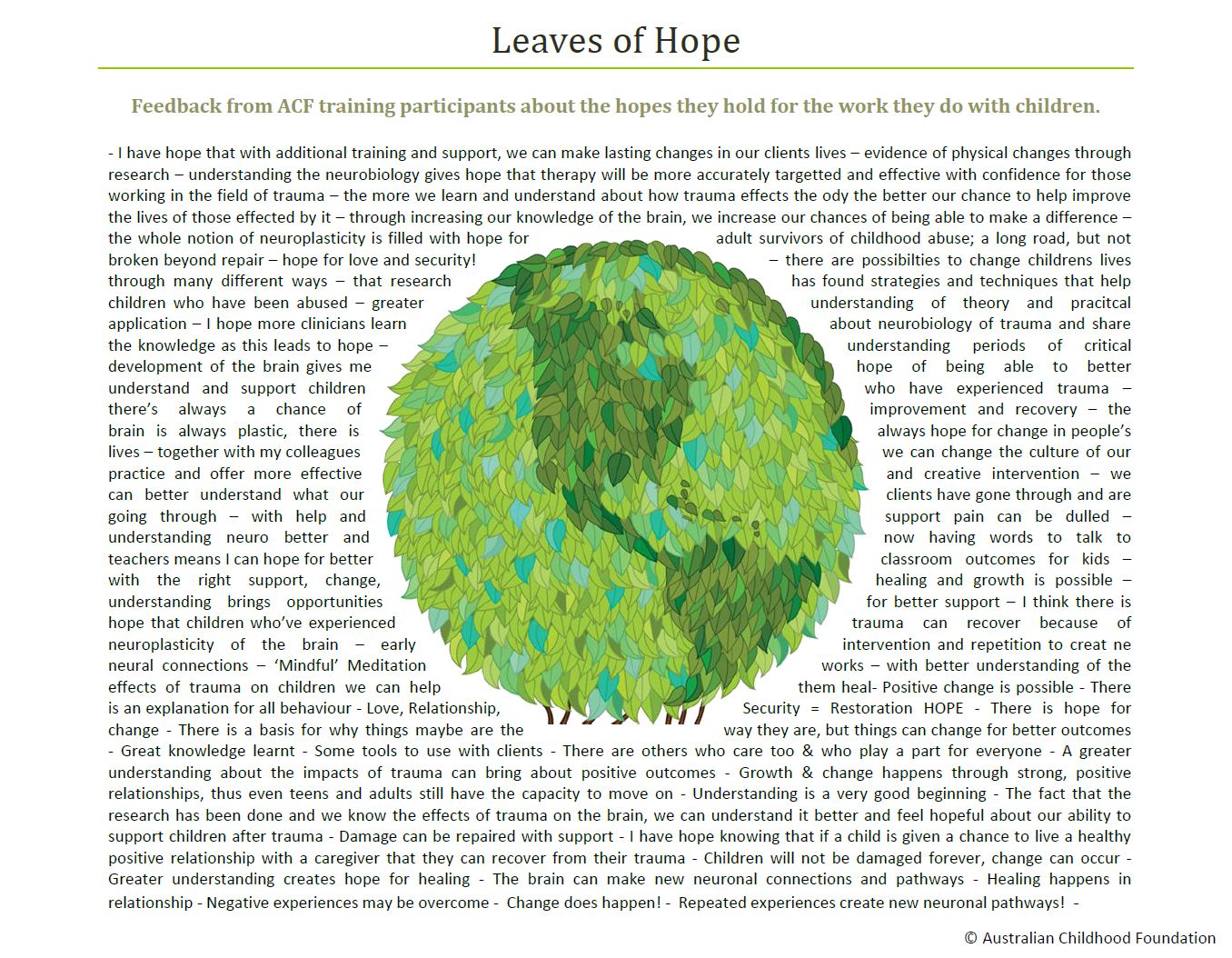
Leaves of Hope
This article was authored by Lauren Thomas,
Online Professional Community Manager at the Australian Childhood Foundation.
The experience of child abuse and family violence rocks children to their very core. It undermines their self-confidence and eats away at their self-esteem. It makes them feel worthless and unlovable; they lose hope for their future.
Perhaps you have asked yourself how you might impart hope with your clients? An outcome of change for children, bringing with it possibilities for fun, enthusiasm and optimism, it is possibly also something we struggle to pinpoint for ourselves as we journey with clients.
For this reason, in many of our training workshops and seminars, we have been running an activity drawn from the birth of hope in the narrative of a child counselled through the foundation. It is an activity that has now been re-used and reinvented in schools and workplaces around the country from which we regularly receive positive, hope-filled feedback.
But before I share with you the activity, let me share with you the story that inspired it. Many years ago, a 15 year old “Sasha” was receiving counselling for abuse she received by her step-father over a 2-3 year period. The abuse had devastating effects, not the least of which was several attempts at taking her life.
Whilst attending counselling, she was asked the question ‘What is it like to be you?’ As part of Sasha’s answer she drew a painting of a dried up, burnt down tree, jutting out of barren land, with the remnants of a fire that had swept through still on the horizon. In the distance was a smaller tree which representing the presence of her Mum who was supporting her through the process.
The narrative Sasha expressed through the image she created mirrors that expressed in the first paragraph. She no longer felt sure of herself, her relationships or of her future. Recovery for children who have been abused is not easy and is rarely quick. In this case, after 14 months of counselling, Sasha was asked to revisit the question and her painting. What was it like to be her now? Had anything changed or shifted? She added one small green leaf to the tree. She now felt she had something inside her again, some life. The leaf represented hope.

This image was first published in ‘Heartfelt’ along with other images created by children
on their journey of recovery. It is freely downloadable here.
Children are amazing aren’t they? If we take the time to listen, they have so much wisdom, so much to help us understand their story… and our own. This small leaf of hope is worth holding onto, and is what prompted us to create an activity to help professionals in the sector recognise their own hopes for the children they work with, and encourage them to prioritise holding that hope in their own professional narrative.
In workshops around the country we have been creating trees for participants to hang their own leaves of hope upon, schools we have worked with have done similarly – asking students to share their hopes for their year, their times of transition in flexible learning centres or their learning in general. Staff support sessions have run with this activity, encouraging colleagues to mindfully consider the hopes they hold for they work they do with children. Below is an example of some of the collated feedback from different training participants which we hope will also encourage you.

The moment in counselling for Sasha was no doubt important for herself and for those who supported her. But I wonder how she would feel if she knew the incredible impact her artwork and story has now had on thousands of professionals and other young people around the country (and beyond). Sasha’s picture was shared with permission, but its impact is ever growing, and it makes me smile when I think about the manifestation of her hope in each of us. So powerful
